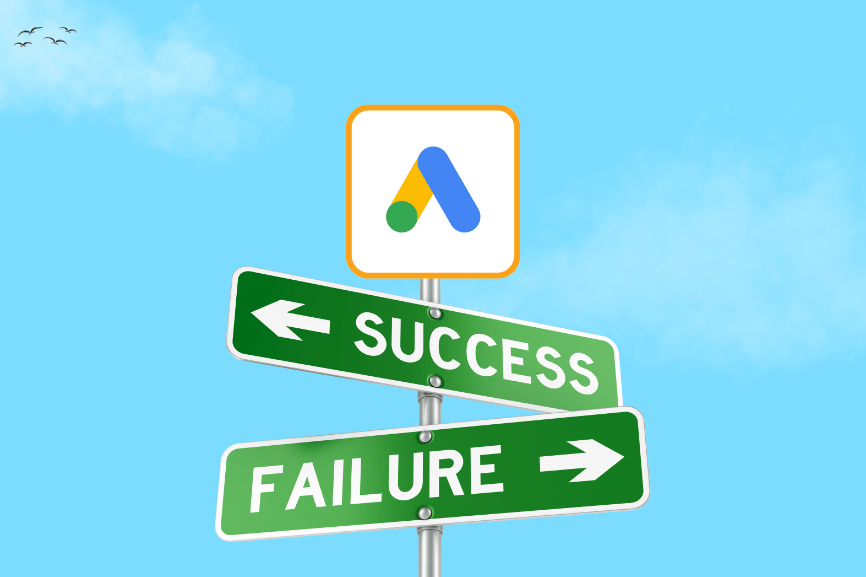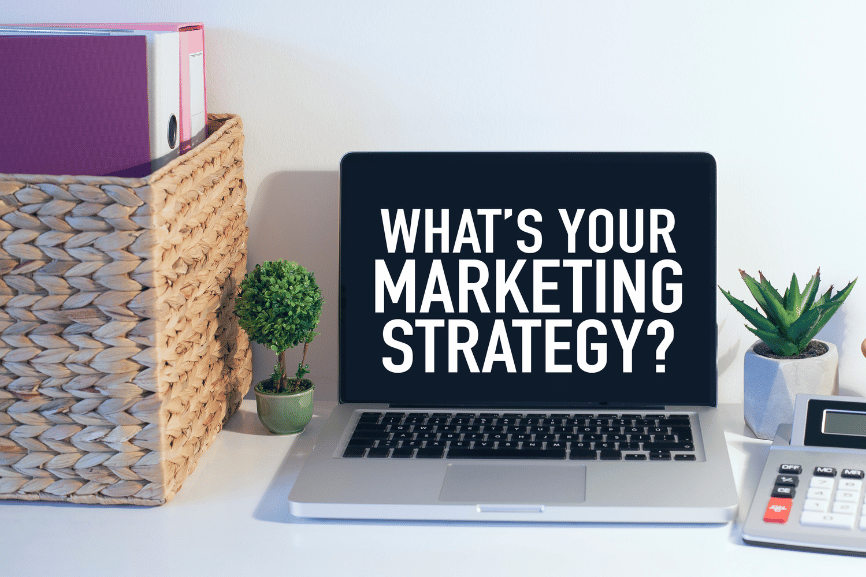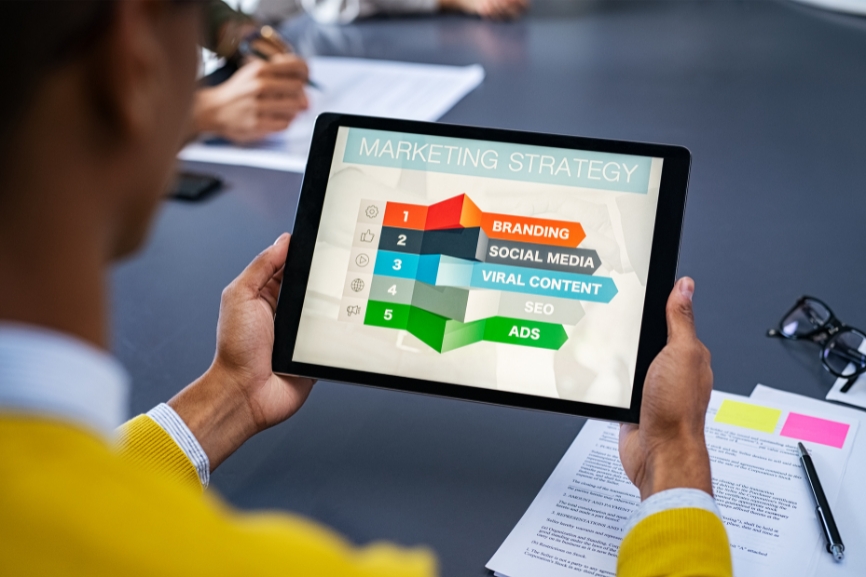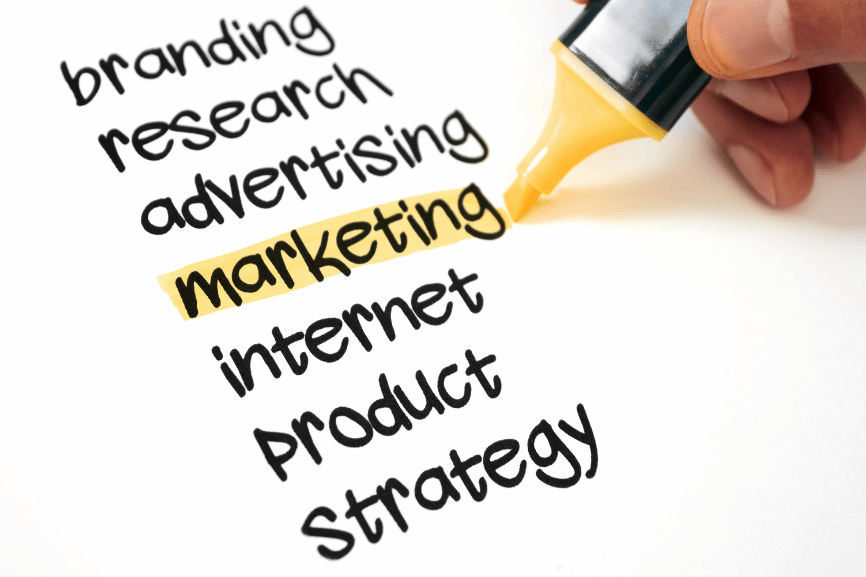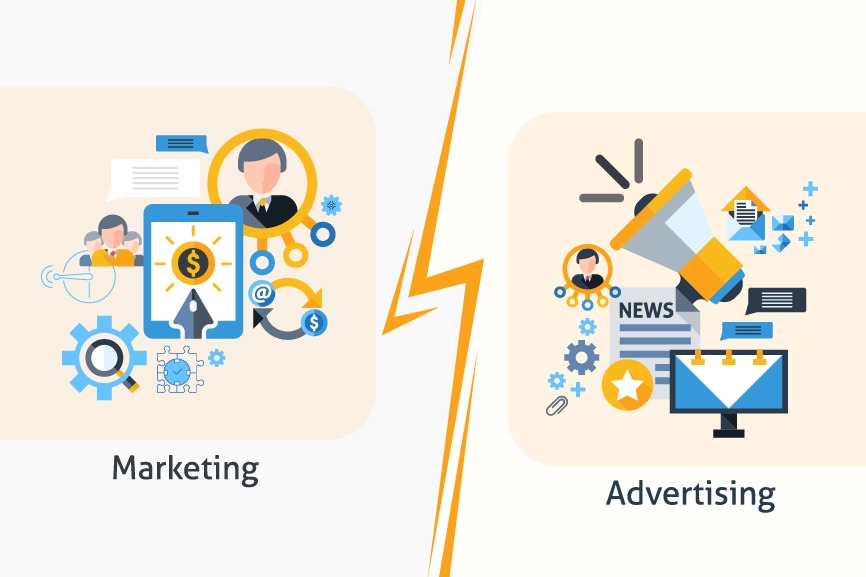Marketing and advertising are two terms that are often used interchangeably, but they are not the same thing. While both marketing and advertising are important parts of a company’s overall strategy to promote and sell products or services, they have different goals and approaches. Marketing is a broad concept that encompasses all activities related to identifying, anticipating, and satisfying customer needs and wants. This process involves researching the market, developing products or services, setting prices, distributing them to the right places, and promoting them through various channels. Marketing is a strategic process that aims to build relationships between a company and its customers. It involves understanding customers’ needs and wants, and creating products or services that satisfy those needs. This process also includes identifying target markets, developing a brand identity, and building customer loyalty. Advertising, on the other hand, is a specific activity within marketing. It involves creating and delivering messages to a target audience through various media channels such as television, radio, print, and digital platforms. The primary goal of advertising is to promote a specific product, service, or brand and persuade potential customers to take a particular action, such as making a purchase. Advertising is designed to capture the attention of potential customers and create awareness of a product or service. It is a tactic used to drive sales and increase revenue. Advertising campaigns often use creative and catchy slogans, images, and videos to engage with the audience and create a memorable impression. While advertising is an important part of marketing, it is just one of the many tools used in a comprehensive marketing strategy. Other components of marketing include market research, product development, pricing strategies, sales, and customer service. In conclusion, marketing is a broad concept that encompasses all activities related to identifying, anticipating, and satisfying customer needs and wants. Advertising is a specific tactic within marketing that involves creating and delivering messages to a target audience through various media channels. Both marketing and advertising are important for businesses to promote and sell their products or services, but they have different goals and approaches. Marketing Marketing is a crucial aspect of any business, as it helps to identify and satisfy customer needs and wants. By understanding the market and its customers, a business can create products and services that are relevant and appealing to its target audience. One of the first steps in the marketing process is conducting market research. This involves gathering information about the market, including customer preferences, buying habits, and trends. By analyzing this information, a business can develop a better understanding of its target audience and identify areas where it can improve its offerings. Based on the insights gained from market research, a business can then develop products or services that meet the needs and wants of its customers. Pricing is another important aspect of marketing, as it determines how much customers are willing to pay for a product or service. Pricing decisions need to balance the need to remain competitive with the need to generate profits for the business. Once a product or service has been developed and priced, it needs to be distributed to customers. This can be done through various channels, including retail stores, online marketplaces, or direct sales. The choice of distribution channel depends on the nature of the product or service and the preferences of the target audience. Finally, a business needs to promote its products or services to attract customers. Advertising, public relations, and other communication channels can be used to create awareness about the product or service and persuade customers to make a purchase. Effective promotion strategies are crucial to the success of a business, as they help to build brand awareness and create a positive image in the minds of customers. In conclusion, marketing is a multifaceted process that involves various strategies and activities aimed at identifying, anticipating, and satisfying customer needs and wants. By understanding the market and its customers, a business can develop products and services that are relevant and appealing, set prices that are attractive to customers, distribute products through various channels, and promote them effectively to attract customers. Advertising: Advertising is an essential aspect of marketing that aims to reach and persuade potential customers to take a specific action. It involves creating and delivering promotional messages through various media channels such as television commercials, radio ads, print ads in newspapers and magazines, and digital ads on websites or social media platforms. The goal of advertising is to create awareness, generate interest, and ultimately convert potential customers into paying customers. One of the significant advantages of advertising is its ability to reach a large and diverse audience. Television commercials, for example, can reach millions of people simultaneously, making it an effective way to create brand awareness and promote products or services. Radio ads can reach people on the go, such as those commuting to work or running errands. Print ads in newspapers and magazines are an effective way to reach specific demographics and geographic locations. Digital ads on websites or social media platforms can be highly targeted based on a user’s browsing history, interests, or location. Another benefit of advertising is that it allows companies to control their message and how they are perceived by potential customers. They can create a specific message or image that aligns with their brand values and resonates with their target audience. This helps to create a strong brand identity and differentiate them from their competitors. Effective advertising requires careful planning and execution. Companies need to identify their target audience, understand their needs and preferences, and create a message that resonates with them. They also need to choose the appropriate media channels that will reach their target audience effectively. For example, advertising a children’s toy on a sports channel is unlikely to be effective. The timing of the advertising campaign is also crucial. Companies need to ensure that their message reaches their target audience at the right time, such as during prime time slots or


